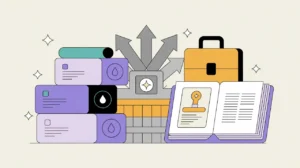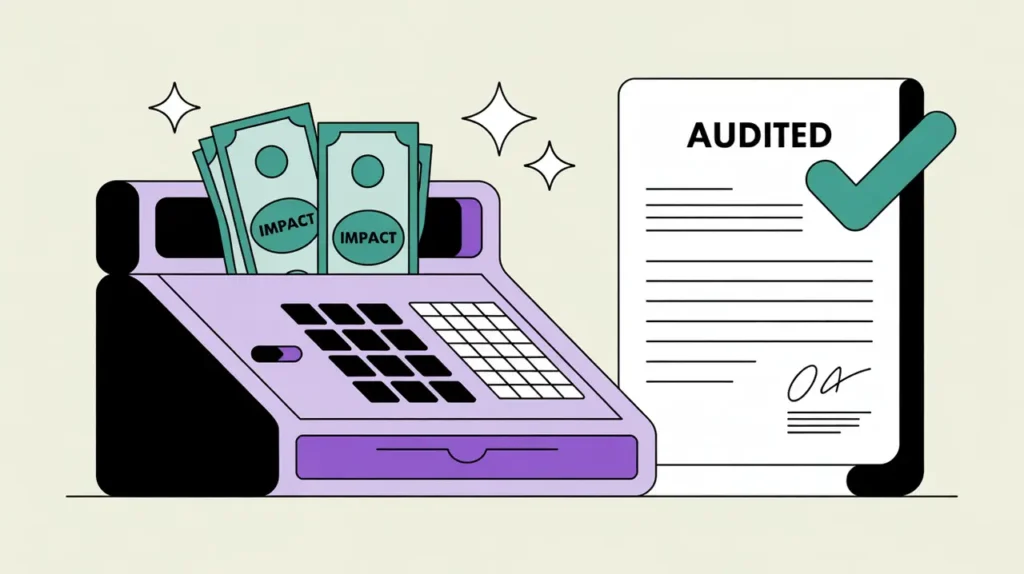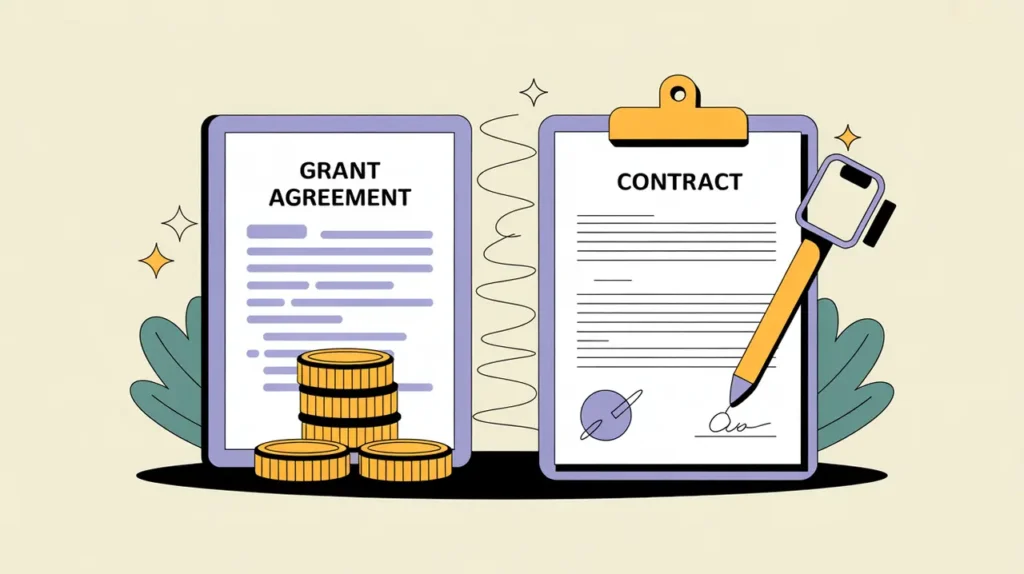What Do Procurement & Logistics Involve?
Procurement and logistics ensure that nonprofits acquire and deliver the goods and services needed to run programs effectively. Procurement focuses on sourcing vendors, negotiating contracts, and purchasing supplies or services at the right cost and quality. Logistics ensures that those resources (whether food, medical supplies, educational materials, or equipment) are transported, stored, and distributed to where they are needed, on time and in good condition.
In practice, procurement requires transparency, competitive bidding, and compliance with donor and legal requirements. Logistics involves supply chain coordination, inventory management, transport planning, and problem-solving when disruptions occur. Together, they are critical for nonprofits that operate across regions or in emergency contexts, where getting the right resources to the right place at the right time can directly affect lives.
Weak procurement and logistics can result in wasted funds, program delays, or damaged reputation. Strong performance in this area builds efficiency, accountability, and trust among donors, partners, and communities.
What Competencies are Associated with this Role?
This area demands organization, negotiation, and operational planning. Competencies include:
- Developing procurement policies and vendor vetting systems
- Managing competitive bidding and contract negotiations
- Ensuring compliance with donor and legal procurement standards
- Planning and monitoring supply chains
- Coordinating transportation, warehousing, and distribution
- Tracking inventory and managing stock rotation
- Forecasting supply needs and anticipating shortages
- Troubleshooting disruptions and emergencies
- Applying cost-control measures to logistics operations
- Maintaining transparent records for audit and reporting
How Might AI and Automation Help this Role?
AI and automation can improve efficiency and accuracy. Opportunities include:
- Predictive analytics for supply chain disruptions
- AI-driven vendor evaluation and contract analysis
- Automated inventory tracking and alerts
- Route optimization for transportation logistics
- Generative AI to draft procurement documents and bid summaries
- Automated compliance checks on procurement processes
- AI dashboards for real-time supply and logistics data
- Machine learning to forecast supply needs and demand patterns
What are the Roles by Experience Level?
Roles scale from support functions to oversight of complex systems:
- Entry: Procurement Assistant, Logistics Clerk – track inventory, support orders, maintain records
- Mid: Procurement Officer, Logistics Coordinator – manage vendors, plan transport, oversee compliance
- Senior: Procurement Manager, Logistics Lead – oversee procurement systems, manage supply chains, handle emergencies
- Executive: Director of Operations, Chief Operating Officer – set procurement and logistics policy, negotiate major contracts, oversee institutional supply systems
How Transferable are the Skills from this Role?
Procurement and logistics skills transfer across humanitarian, development, corporate, and government contexts. Within nonprofits, they open pathways to operations and leadership roles. Beyond nonprofits, they align with careers in supply chain management, procurement, and operations in sectors such as retail, healthcare, and manufacturing. The ability to source, manage, and deliver resources effectively is universally valuable.







